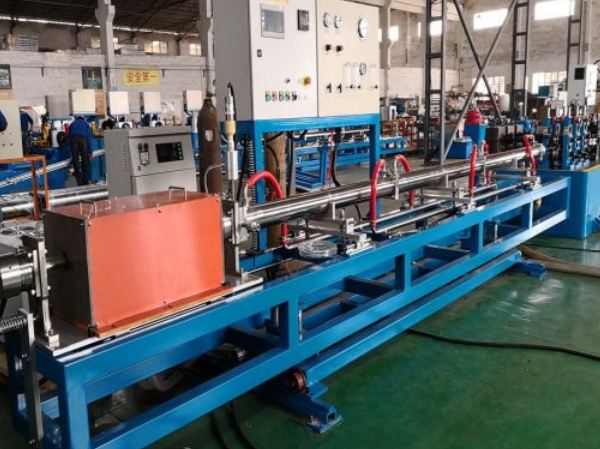
How to Solve the Performance Damage of Stainless Steel Pipe?
In order to improve the performance of stainless steel pipe (ss pipe), it is often necessary to adopt certain cold working methods, such as cold drawing, cold rolling, cold rolling, cold bending, cold expansion, cold twisting, etc., which can achieve a certain effect, but also cause a certain amount of damage. Cold working is actually like welding, which will inevitably damage the performance of stainless steel pipes, especially the corrosion resistance or heat resistance. Mainly manifested in the following aspects:

1. The dislocation or phase change of the material lattice occurs on the surface, which will become the starting point of local corrosion such as pitting corrosion. This phenomenon will have a direct adverse effect when the degree of deformation reaches 20% minus the cross-sectional rate.
2. It will cause the material lattice dislocation and other micro-defects and the increase of the surface roughness, and induce the martensite transformation and the precipitation of carbides. For example, austenitic steel exhibits an increase in magnetic properties after cold working.
3. After cold working, residual stress will be left in the material, which is extremely detrimental to the stress corrosion cracking (SCC) resistance of the material. Any degree of cold working will greatly increase the SCC sensitivity of the material.
4. The degree of cold working also has an adverse effect on the high temperature durability of austenitic stainless steel. Generally, the higher the working temperature or the higher the fracture life requirement, the lower the allowable degree of cold working.
5. For the application of stainless steel pipes under alternating load, cold working will cause adverse effects due to the decrease of elongation and residual elongation, which will increase the rate of cracking and growth.
In view of the above problems, we must find a solution:
1. The stainless steel pipe standards of most countries, especially the European unified stainless steel pipe standards, stipulate that all stainless steel seamless pipes must be supplied in a solid solution or annealed state to eliminate performance damage caused by cold working and welding.
3. Due to the high temperature heating and pickling treatment of solid solution or annealing, the manufacturing cost and production cycle are significantly increased, coupled with the discharge of waste gas and wastewater such as acid mist, etc., some companies omit this process and adopt this product, which is easy to produce after use. Production and personal accidents.


